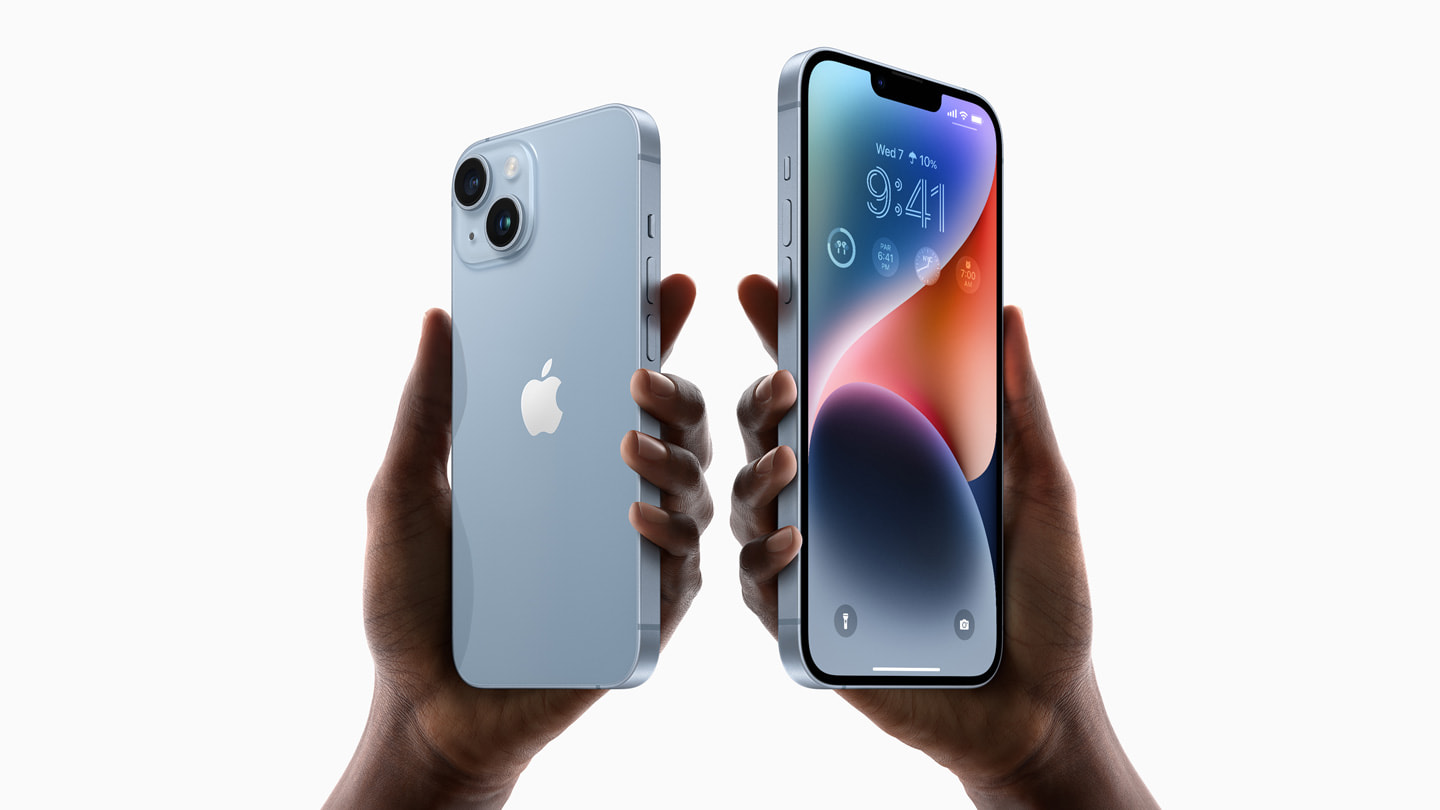How iPhone’s Satellite Mode Became a Lifesaver During Hurricane Helene
The advancements in satellite communication technology have proven to be life-saving during natural disasters, as demonstrated by the experience of Jeff Twersky during Hurricane Helene. Twersky, a retired lawyer from Washington, found himself and his family stranded without power, cellular service, or essential resources in Weaverville, North Carolina, after the hurricane. Thankfully, his iPhone 16’s satellite mode allowed him to reach out for help, underscoring the critical role of satellite connectivity in disaster scenarios.
The Rise of Satellite Communication in Smartphones
The integration of satellite communication into smartphones, such as Apple’s iPhone 14 and later models, has ushered in a new era of mobile connectivity. These phones feature a “satellite SOS” or satellite mode, allowing users to send text messages even when traditional cellular or Wi-Fi networks are unavailable. This can be a crucial lifeline for people in remote areas or those affected by natural disasters, like hurricanes, when infrastructure is compromised.
Satellite communication works by connecting to a network of satellites orbiting the Earth, providing a means of communication when terrestrial networks are down. While the technology is currently limited to text messaging, its ability to offer basic communication in emergencies is invaluable. Twersky, who was unaware of the satellite feature on his phone, discovered it while trying to make contact with his family. By switching to satellite mode, he was able to text his daughter in San Francisco, alerting her to the situation and enabling him to gather crucial information about road conditions and emergency resources.
Collaboration Between Tech Companies and Networks
The development of satellite SOS capabilities has been driven by partnerships between tech companies and major cellular providers. Apple and Google have integrated satellite features into their devices, with Apple offering the service starting from iPhone 14 and Google launching the feature on its Pixel 9 models. In addition, cellular networks like AT&T, Verizon, and T-Mobile have formed partnerships with satellite service providers such as SpaceX’s Starlink and Skylo to bolster their satellite communications capabilities.
These partnerships have been critical in creating a reliable satellite communication network that users can fall back on when cellular service is unavailable. For instance, Verizon’s collaboration with Skylo enables direct-to-device messaging, allowing users to maintain some level of communication during emergencies. Similarly, AT&T works with AST SpaceMobile to explore space-based cellular broadband, which would enhance satellite-supported communication in future disasters.
A Lifeline During Emergencies
For Twersky and many others affected by Hurricane Helene, the satellite SOS feature proved to be a literal lifeline. With cell towers knocked out by the storm and roads blocked, his group was running out of food, water, and essential medications. Without satellite communication, they would have remained isolated, but Twersky’s ability to connect to a satellite and contact family members ensured their safety. Eventually, relatives arrived to help them evacuate, but not before they experienced the overwhelming challenges of disaster isolation.
Twersky’s story also highlights the importance of community and mutual support during crises. Despite the difficulties, the group worked together to clear debris, and they witnessed the resilience of the local community as neighbors helped each other through the tough times.
The Future of Satellite Communication
While satellite SOS technology is still in its early stages and limited to texting, it is evolving rapidly. Companies like AT&T are already working on long-term solutions to enhance connectivity during disasters. This includes increasing network resilience by investing in backup power systems and developing infrastructure that seamlessly switches devices from cellular to satellite networks when needed.
With climate change driving more frequent and severe weather events, the need for reliable communication during disasters will only grow. As satellite technology continues to advance, it is expected that satellite-enabled smartphones will play an increasingly critical role in keeping people connected and safe, no matter the circumstances.










